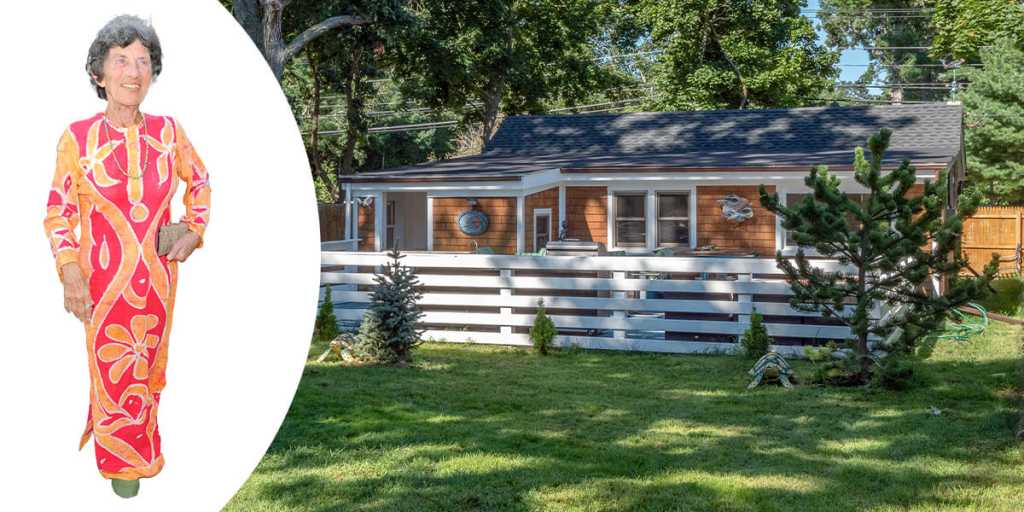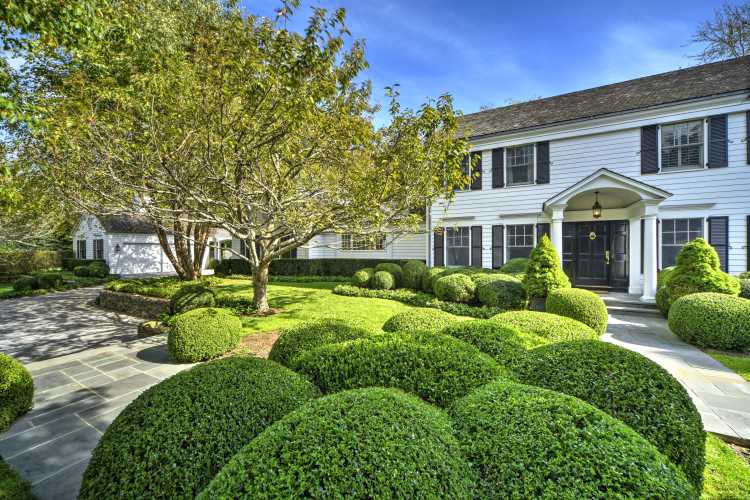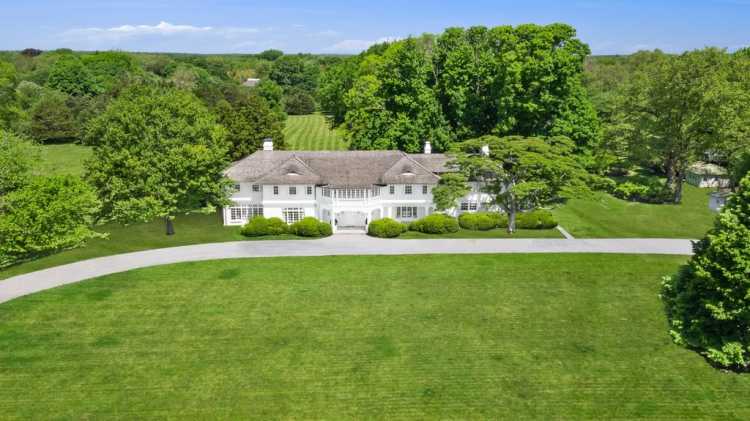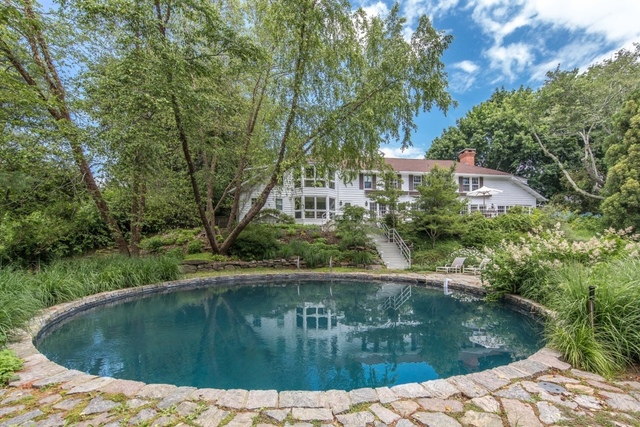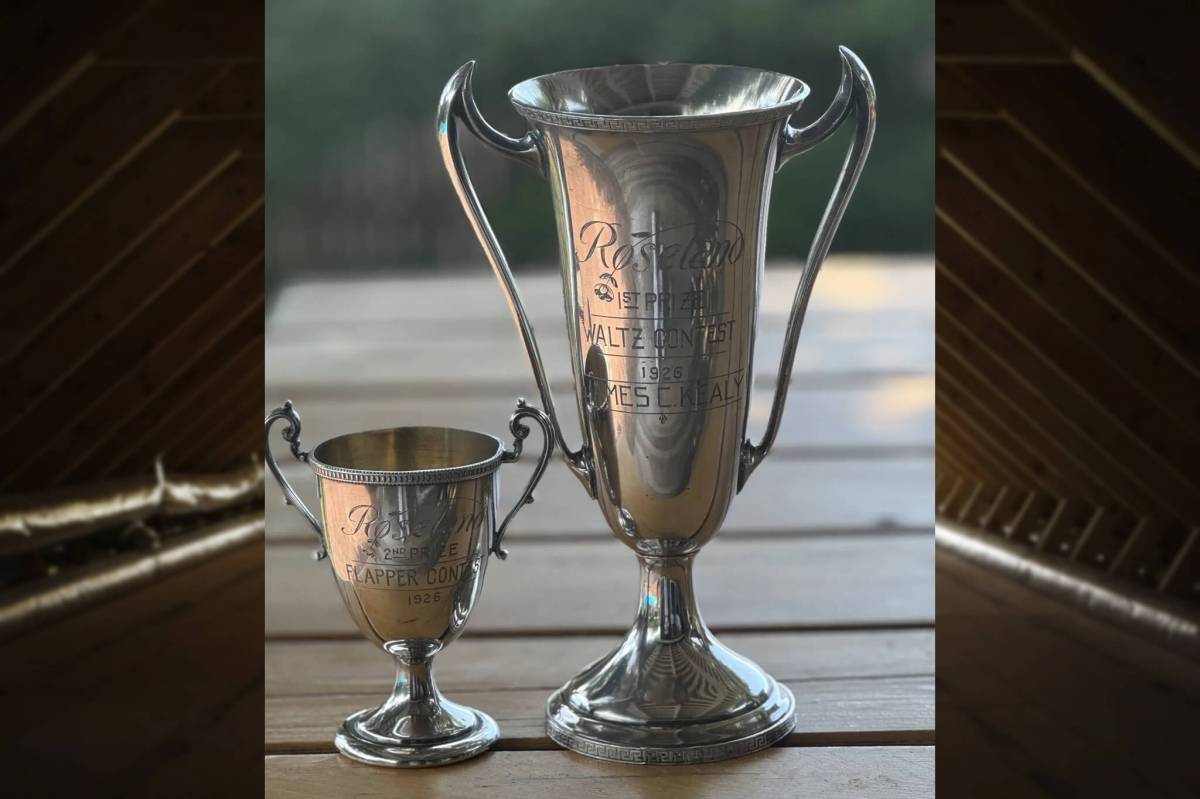It’s a familiar scene: friends sitting around a table, rubbing elbows, sharing laughter and good food, with drinks flowing. Except these friends are acclaimed artists, such as Robert Motherwell and Lee Krasner, all guests of the house’s owner, Dore Ashton, whose work as an art critic helped make them all household names.
For about 45 years, the unassuming house, not far from Three Mile Harbor, was where Ashton lived, enjoying summers with her children and doing research — both with books and during her many dinner parties, which her daughter Paris Marina Devereaux recounted in a conversation with Behind The Hedges when she put her mother’s home on the market.
Ashton, who died in 2017 at the age of 88, was known for writing some of the earliest histories of Abstract Expressionism. Hers was one of the last voices from that post-World War II era in the art world both in New York City and East Hampton, which became an artists’ enclave.

As a champion of the New School, she authored more than 30 books. She also wrote, early on, for publications such as Art Digest, as an associate editor, and The New York Times, as an art critic for arts and architecture.
When she joined The Times, the staff were nearly all men. “It was a dog-eat-dog world. She had to compete. She was really a bulldog,” Devereaux says.
Ashton would join artists in their studios to view their work — and have drinks — while they discussed their art philosophy for hours. She became close friends with artists like Mark Rothko, Andy Warhol and Jackson Pollock, giving her readers insightful glimpses into what went into their work.

“When Dore passed away,” wrote Thomas Micchelli, co-editor of Hyperallergic Weekend, “one of the last great oaks of American art criticism fell.”
“In a clear, pithy style,” said her obituary in The New York Times, “Ms. Ashton wrote both sweeping histories and intimate studies devoted to individual artists. Her books The Unknown Shore: A View of Contemporary Art (1962) and The New York School: A Cultural Reckoning (1973) made the case for Abstract Expressionism as the preeminent postwar art movement and placed its disparate members into a coherent philosophical frame.”
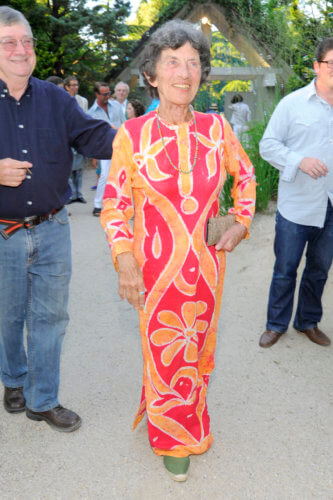
LongHouse Preserve 20th anniversary Summer Benefit, honoring Barbara Slifka and Dale Chihuly, in 2011.Patrick McMullan/PatrickMcMullan.com
In 1964, she was awarded the Guggenheim Fellowship in the Humanities for Fine Arts Research. She also taught for more than seven decades at Yale University and New York’s Cooper Union. Her papers are included in the Smithsonian Archive.
She had long visited Springs, by then an established artist community, where Pollock and his wife, Lee Krasner, had their home, as did Willem de Kooning and many others. “Before I was born,” says Devereaux, “my mother was there frequently sitting on the famous porch at the Springs General Store, where she would barter things. Most of my mother’s artwork and our entire estate were from friends. She never looked at them as sellable work,” she says.
By 1971, when Devereaux was about 3 years old, her mother bought the two-bedroom, one-bath cottage at 314 Three Mile Harbor Road, on the corner of Bayview Avenue. Built in the 1950s, “it was pretty run down when we got it,” she remembers. Ashton paid $11,500.
They spent every summer there. “I would say without a doubt the best years of my life were being a child in East Hampton,” Devereaux says.

She remembers her mother getting up very early in the morning, “sitting at a tiny desk in the corner and doing her research and writing for several hours.”
Ashton then took her children, Devereaux and her sister, Sasha, to Indian Wells Beach. “We would spend all day there,” she remembers. When they headed for home, “We would catch dibs on who would get the first shower.”
Her mother loved to cook bluefish for dinner and it was a Who’s Who of who stopped by for dinner. “There were parties there all the time. Dinner parties with everybody — artists and writers from all over the world.”
There was Saul Steinberg, the artist best known for his work in The New Yorker. Motherwell, the Abstract Expressionist painter, printmaker and editor. Philip Guston, well-known for his cartoonish paintings and drawings. And then there was Hedda Sterne, “who we adored,” Devereaux says. Sterne was the only woman photographed with “The Irascibles” — Pollock, de Kooning, Barnett Newman, Rothko and others — for Life magazine in 1950.

Devereux has a lot of photos from around the dining table where elbows were touching. After dinner, “We required our guests to dance,” Devereaux says. They would move the table and cut a rug.
While the bungalow may have been small — it measures 970 square feet — the dinner guests never seemed to mind. “There were a lot of opas, a lot of fun things going on,” she says.

“Everything in the house was the same my whole life. She just didn’t care about materialistic things, all she cared about was arts, politics and civil rights.” There were allegedly tapped phone calls and FBI raids.
Devereaux describes her mother as a “trailblazer” and a “firecracker,” a woman who “stood up for herself and her opinions. She would take me on her shoulders when I was just a baby and march in very dangerous protests.”
Ashton also took her daughter on visits to artists’ studios and to the East Hampton home of the internationally known textile designer Jack Lenor Larsen, with whom she was very good friends. (It is now known as LongHouse Reserve.) Later, Ashton became involved with the Pollock-Krasner House and “would bring me to see Lee.”
Isamu Noguchi, the Japanese-American sculptor and designer, “was a very dear soul mate to her,” her daughter says, adding that when her father, Ashton’s first husband, the Latvian-born abstract painter Adja Yunkers, would visit, he would stay in Noguchi’s New York City loft. Ashton wrote an acclaimed biography and critical study of his life, Noguchi East and West, about his spiritual journey.
The home remains full of character and charm even after the renovation. The interior has been completely updated and refreshed, making it a turnkey home. Art still fills the walls.
The kitchen features new appliances, a subway tile backsplash and Shaker-style cabinets (the bottom ones are even painted a Hamptons blue). The open living/dining room space features hardwood floors and new Marvin windows. The bathroom has been fully updated as well.

Ashton’s family decided to sell the home. “I can’t imagine just renting it to people knowing it’s there and I can’t go back. I can’t get there often and it breaks my heart. It’s a little melancholy for me to go there anyway. I hope somebody will take the house and live in it lovingly.”
The home is listed for $899,000 with Corcoran agent Jeff Giordano.
This article appeared in the April 2022 edition of Behind The Hedges. Read the digital version online.

